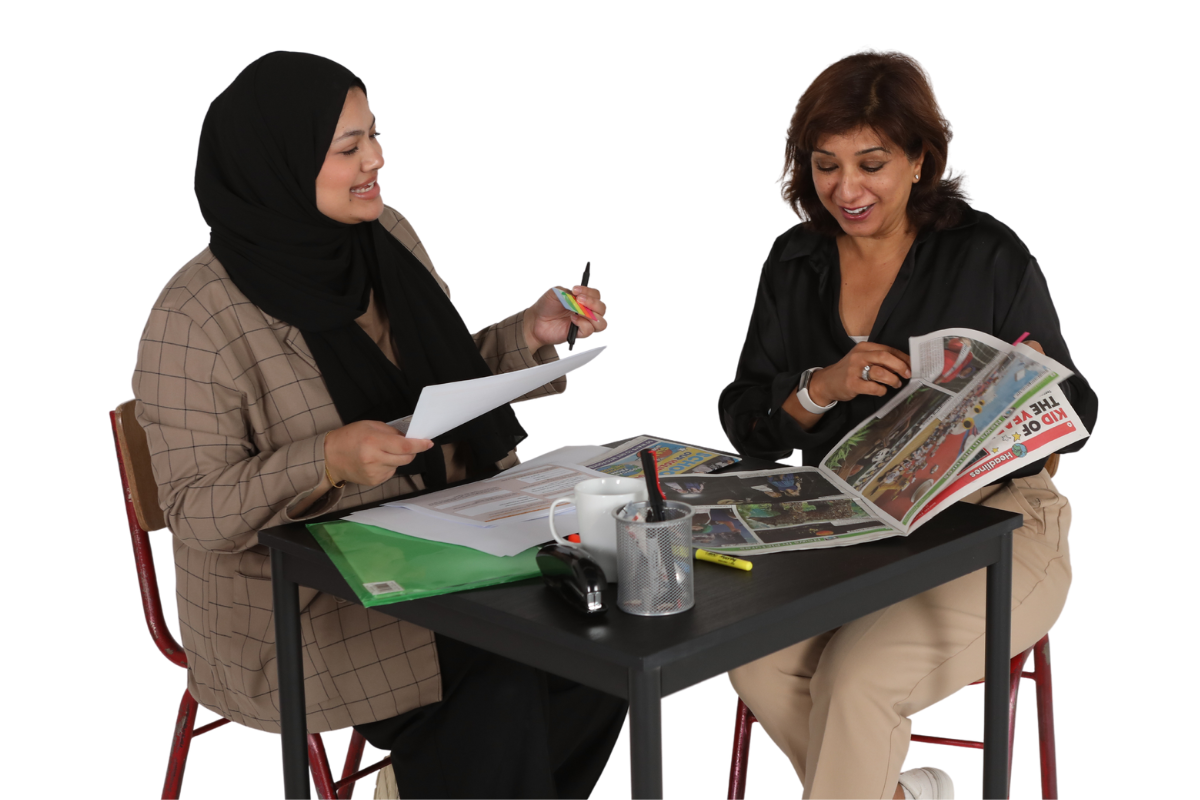Welcome to First News Education Free
Join thousands of schools and get free news-based learning resources for your class

What will I get?
- FREE Navigating the News workshop pack
- New time-saving topical resource every week during term time
- Online topical resource hub
- Access to previous First News resources
- Professional development opportunities
- Exclusive offers on all First News Education products
Enter your email address to access your free resources
If you have already signed up elsewhere on our site you will be granted immediate access. There will be no change to your email preferences. See our Privacy Policy for more information.

